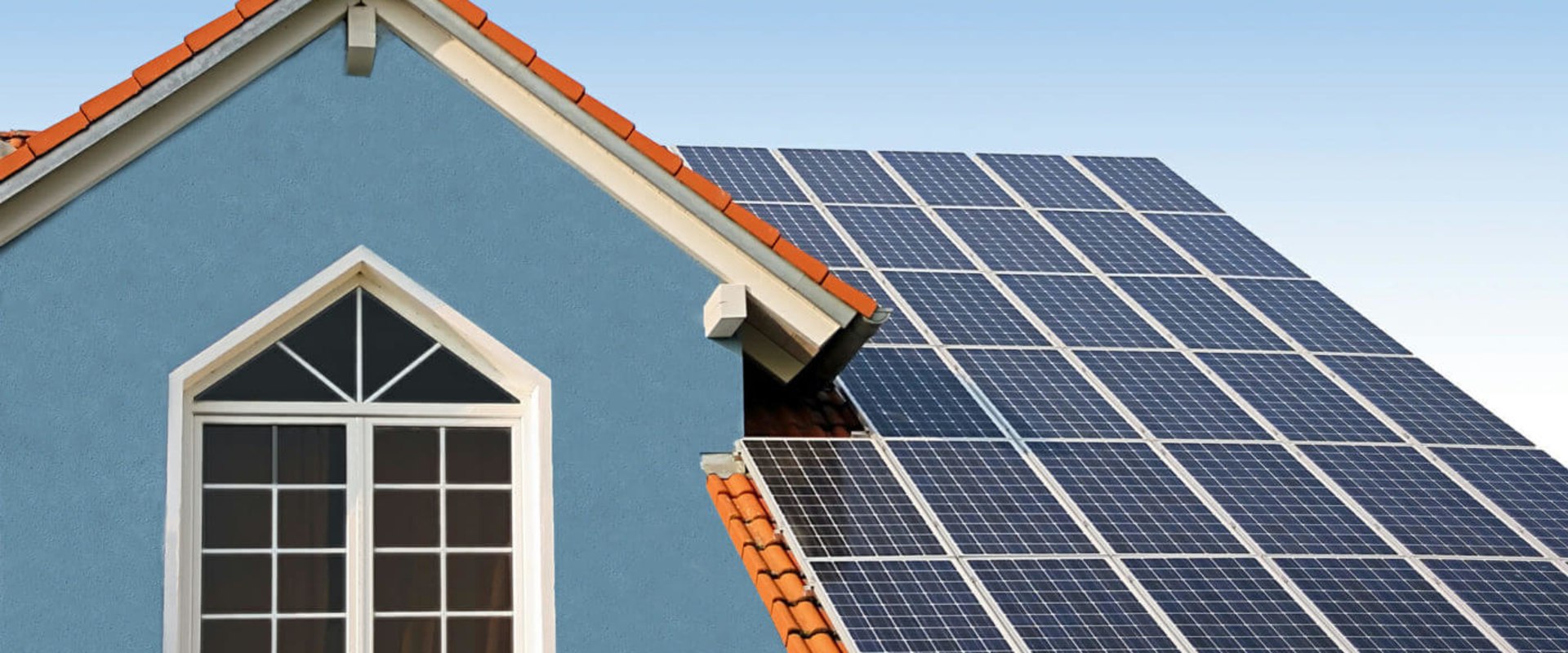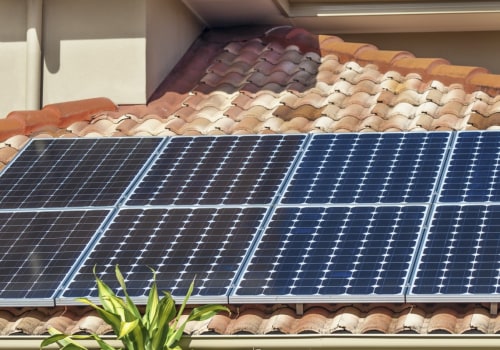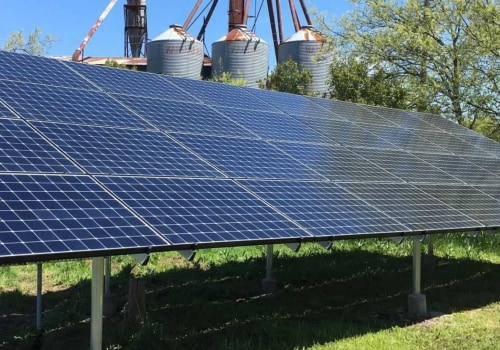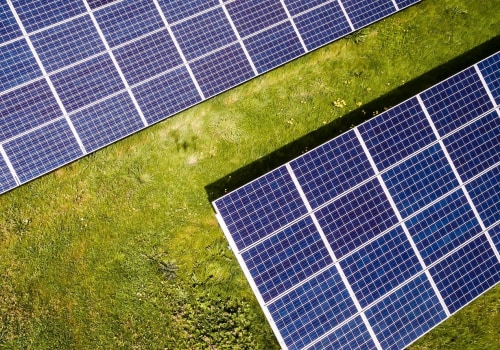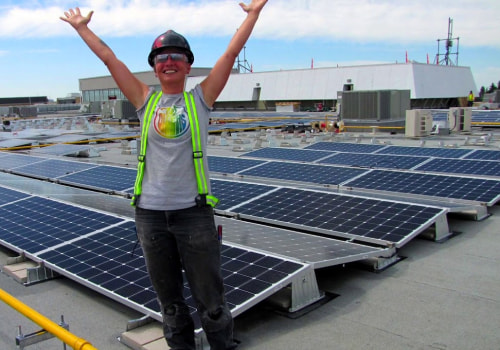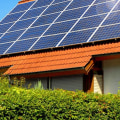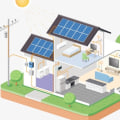The sun is a powerful source of energy, and harnessing its power has been a goal of humanity since the dawn of time. From the earliest days of black paint painted on tanks to heat water, to the modern day photovoltaic solar panels, we have come a long way in our understanding and use of solar energy. In this article, we will explore the three main forms of solar energy: photovoltaic, solar thermal, and passive solar energy. Photovoltaic solar energy is the most widely known form of solar energy.
It is best suited to countries that receive high levels of sunshine, such as Spain, which has the largest capacity of 2,300 MW. Photovoltaic technology directly converts sunlight into electricity. Solar panels are made up of groups of solar cells that transform light (photons) into electrical energy (electrons). This form of solar energy has been around since the 1830s, when the photovoltaic effect was discovered.
In 1954, Bell Laboratories in the United States built the first photovoltaic solar panel. Solar thermal energy is another form of solar energy that harnesses heat from the sun to collect solar energy. This technology uses heat from the sun to collect solar energy and convert it into electricity or hot water. Solar thermal systems can reach an extremely high temperature; for example, the solar oven in Odeillo, in the French Pyrenees, can reach temperatures of up to 3,500 degrees.
Solar thermal technology is more space efficient than photovoltaic technology and is much less complex, making it ideal for heating water. The largest solar thermal power plant is located in Morocco and has a capacity of 510MW. The third form of solar energy is passive solar energy. This is the oldest method for harnessing solar radiation and does not require any kind of mechanism to collect and use it.
Passive solar energy is mainly used for heating buildings and homes. Solar hot water heating systems are especially effective because they are relatively cheaper to buy and install, and the underlying technology is incredibly simple: the sun overheats a glass box through which water (or other catalyst) is pumped, so it heats up in turn. Residential systems are located on rooftops in order to maximize their exposure to sunlight. In conclusion, all three forms of solar energy have their own advantages and disadvantages. Photovoltaic technology is best suited for countries with high levels of sunshine, while solar thermal technology is more space efficient and less complex.
Passive solar energy is an effective way to heat buildings and homes without any additional mechanisms or equipment. All three forms of solar energy have their own unique benefits and can be used together to create an efficient and cost-effective system for harnessing renewable energy.
